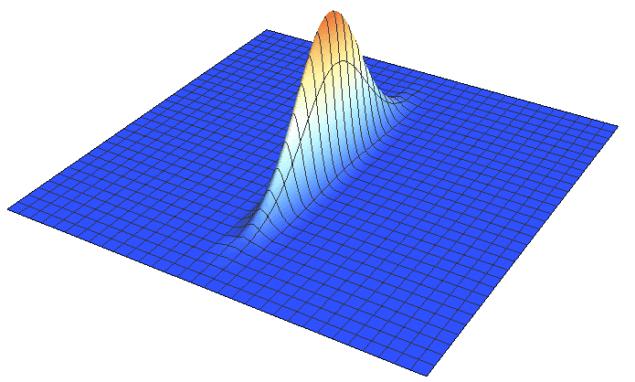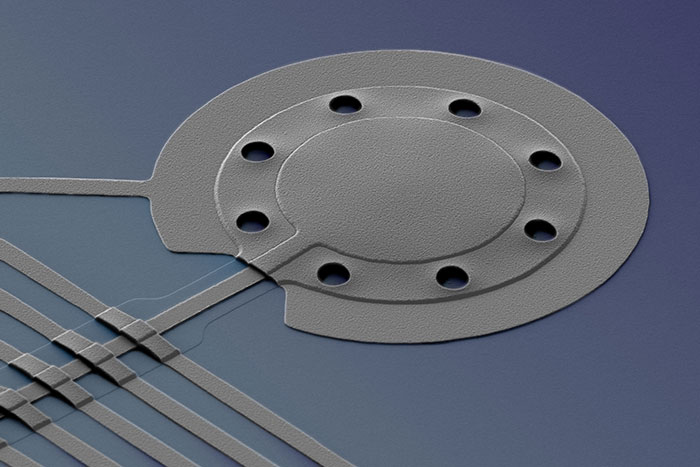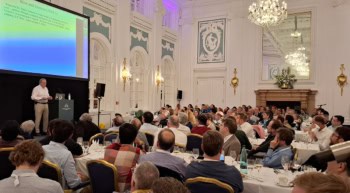
A quantum squeezing and amplification technique has been used to measure the position of a trapped ion to subatomic precision. The method was developed by Shaun Burd and colleagues at the US’s National Institute of Standards and Technology (NIST) in Boulder, Colorado and could be used to develop quantum sensors and quantum computers.
Heisenberg’s uncertainty principle puts a fundamental restriction on how precise a measurement can be made on a quantum object such as a single ion. It requires that the product of the measurement uncertainties in the position and momentum of the ion must be larger than a specific value. The only way to decrease the uncertainty in the position of the ion is to boost the uncertainty in the momentum. This process is called squeezing because much like a balloon, squeezing along one direction in position-momentum space creates a bulge in the other direction.
Squeezing is not a new idea and squeezed light is currently used by LIGO and Virgo to measure extremely small changes in length that occur when gravitational waves pass through the detectors.
Caught in a trap
In the NIST experiment, a magnesium ion is trapped using electric fields and then cooled to its ground state by applying a sequence of laser and microwave pulses. Even in this ultracold and confined environment, the uncertainty in the position of the ion (the extent of its “zero-point oscillation” within the trap) is about 70 times the size of the ion itself.
Making a more precise measurement of the position of the ion requires squeezing, which is done by oscillating one of the trapping fields at twice the oscillation frequency of the ion. This has the effect of amplifying the uncertainty in the momentum of the ion whilst shrinking the uncertainty in position.
The team then apply an oscillating “test” field that displaces the position of the ion within the trap. Next, a third oscillating field that is 180° out of phase with the initial squeezing field is applied. This “unsqueezes” the ion and amplifies the displacement caused by the test field. Finally, the amplified displacement is measured by shining light on the ion and observing its fluorescence.
Repeat for smaller displacements
The result is that the measurement is about 7.3 times more sensitive to small displacements of the ion compared to when squeezing and amplification are not implemented. This allowed the team to measure ion displacements of just 50 pm, which is about 10% of the diameter of a hydrogen atom. Even smaller displacements can be measured by repeating the process several times.
Monitoring the displacement of a trapped ion provides a very sensitive way of measuring acceleration and external fields so the technique could find use in quantum sensors. With further improvements, such sensors could be used to study the effects of gravity on quantum objects.

Squeezed light plays a quantum drum
Trapped ions also function as qubits in quantum computers and the squeezing and amplification process could be used to transmit quantum information between ions.
Another possible application is photon recoil spectroscopy, which involves measuring the tiny change in momentum that occurs when an ion absorbs a photon. Such studies could reveal that fundamental constants vary over space or time – thereby pointing to new physics beyond the Standard Model.
The research is described in Science.



